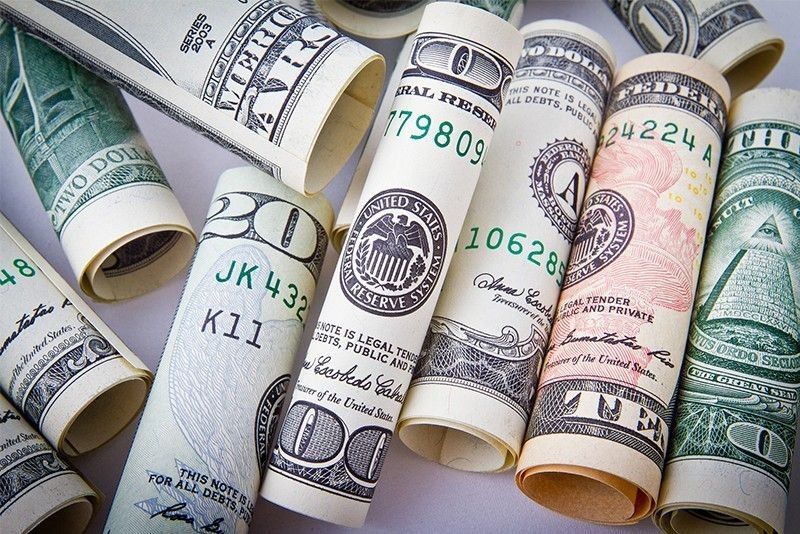More dollars in, fewer dollars out as Nov. surplus shows weak demand

MANILA, Philippines — More dollars continued to enter the Philippines in November against those the left, as domestic demand that typically drive outflows is yet to find its groove back from the pandemic-induced recession.
The country’s overall balance of payments (BOP) position sustained a surplus for the tenth straight month in November to $1.47 billion, the Bangko Sentral ng Pilipinas (BSP) reported Monday.
BOP shows a summary of all economic transactions of the economy with the rest of the world, which includes exports, imports, investments and in the case of the Philippines, remittances from migrant workers, among others.
That BOP is in a surplus meant more foreign funds were funneled into the country than those that went out for various reasons like payment of debts or imports. In November, BSP said the central bank’s own investments abroad delivered returns that supported BOP, only partly offset by the government’s foreign debt payments.
Economic officials, including BSP Governor Benjamin Diokno, have tried to paint a widening BOP surplus as good news since it gives the economy more dollars that in turn, accumulates in the foreign reserves and give the peso strength.
As of end-November, gross international reserves amounted to an all-time high of $104.82 billion. Meanwhile, the peso is bound to close the year stronger by around 5% against the US dollar on its last trading day on Tuesday.
But a BOP surplus is also an indicator that things at home are not getting better as fast as expected. Imports have been on a decline for 18 straight months since May 2019, indicating that traders do not see demand at home to ship in goods. BSP recognized this.
“The current BOP surplus was supported mainly by higher net foreign borrowings by the NG (national government) and lower merchandise trade deficit…,” the central bank said.
Sought for comment, Jonathan Ravelas, chief market strategist at BDO Unibank Inc., said economic recovery is turning out to be gradual than originally expected, dampening imports. “There is already some demand pick-up. It’s starting. Hopefully this gets sustained,” he said in a phone interview.
On the other hand, Ravelas estimated government to have borrowed $19 billion offshore this year, proceeds from which added to the dollar inflows. Local companies also raised $8 billion in debt, he said, compensating revenue losses from months of shutdown and further boosting dollar entry.
From January to November, BSP data showed BOP dollar surplus widened to $11.79 billion, nearly double last year’s $6.27 billion.
With only a month left in 2020, the Philippines is close to hitting the BSP’s revised full-year forecast of a $12.8-billion surplus in BOP. Already, the year-to-date BOP is running at its highest level since $15.24 billion was recorded for the entire 2010.
- Latest
- Trending



























